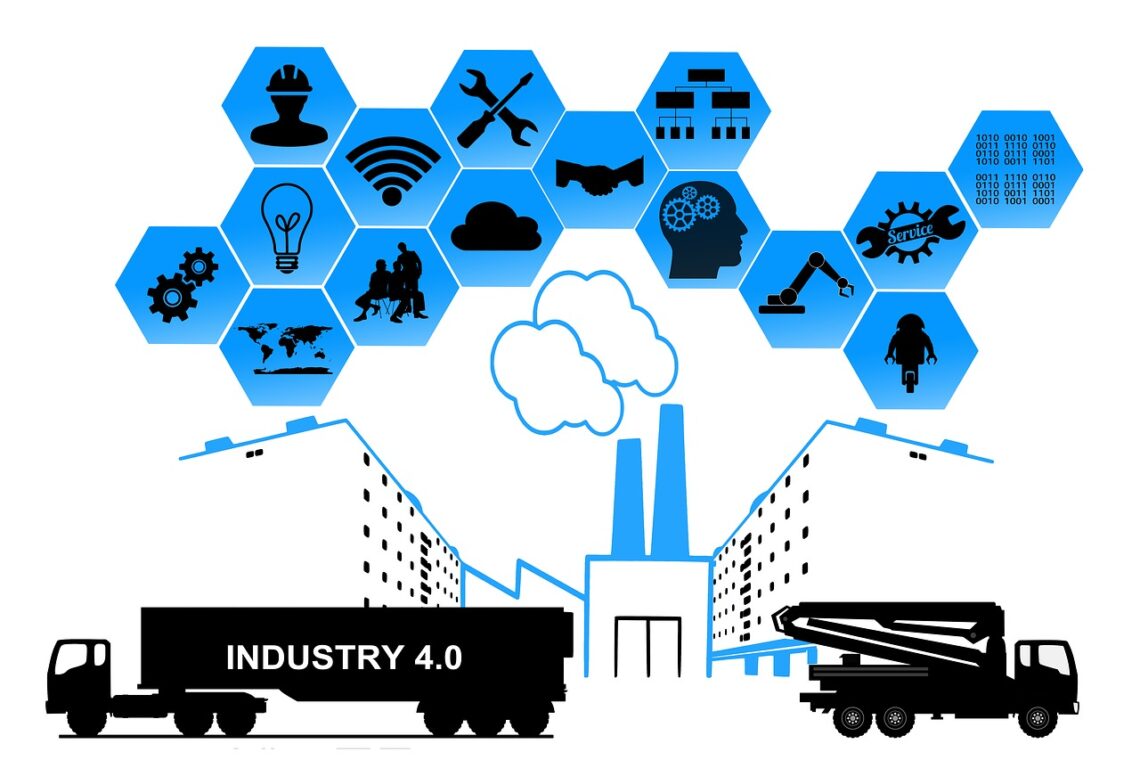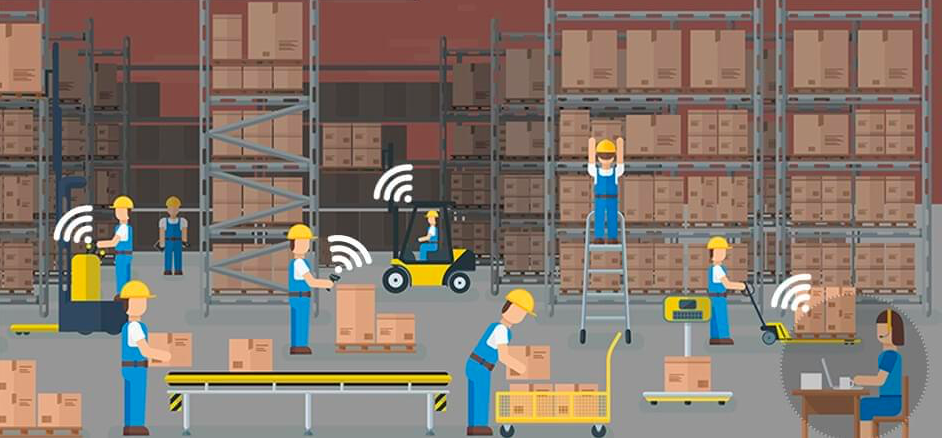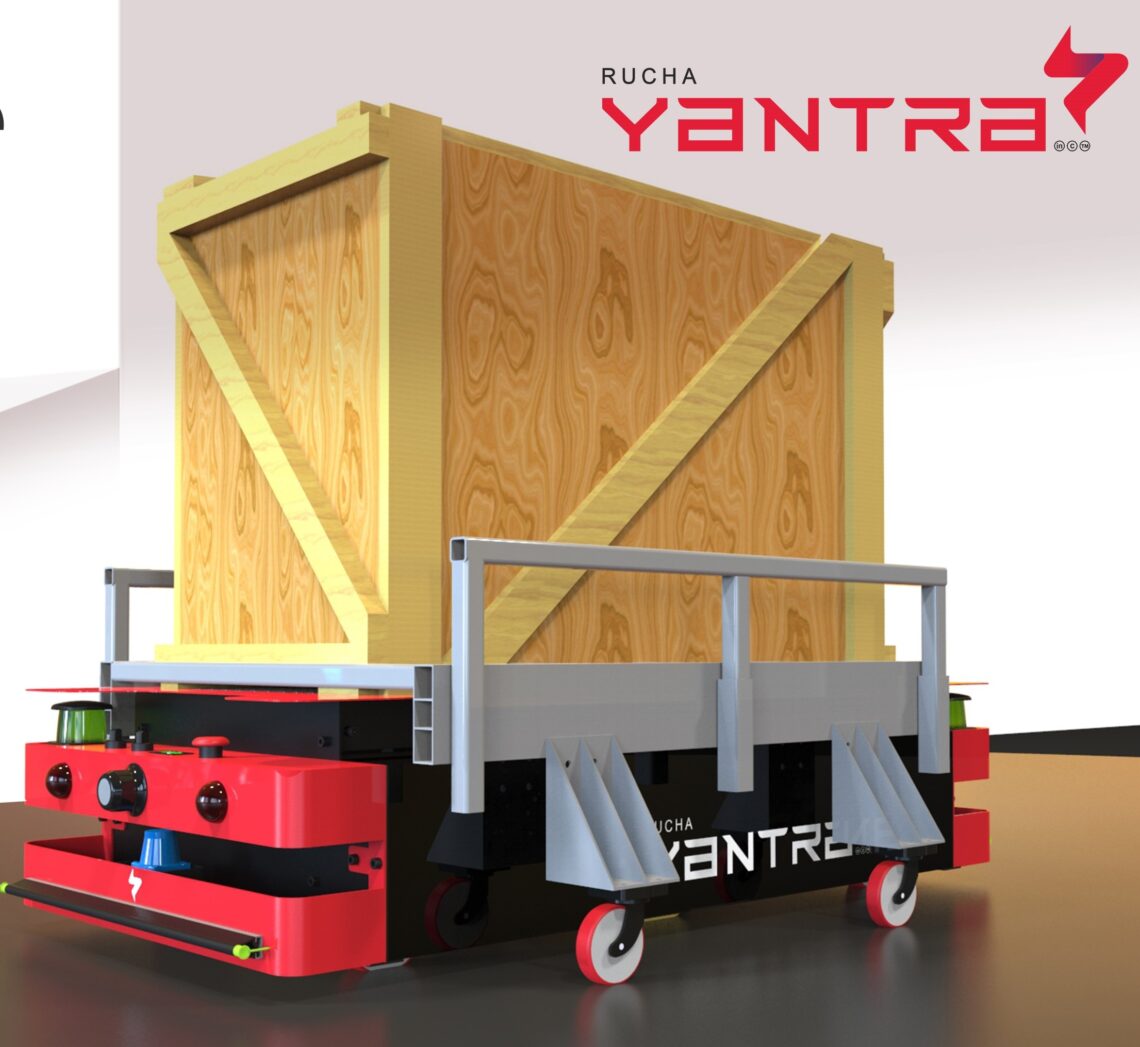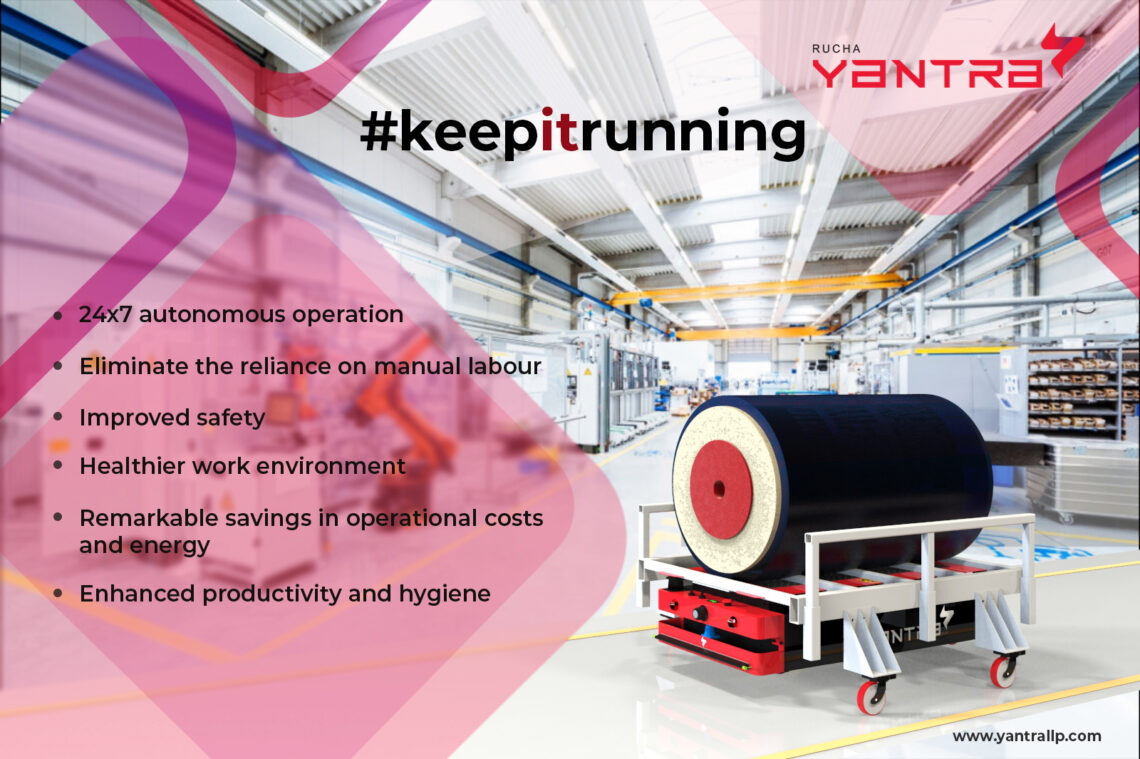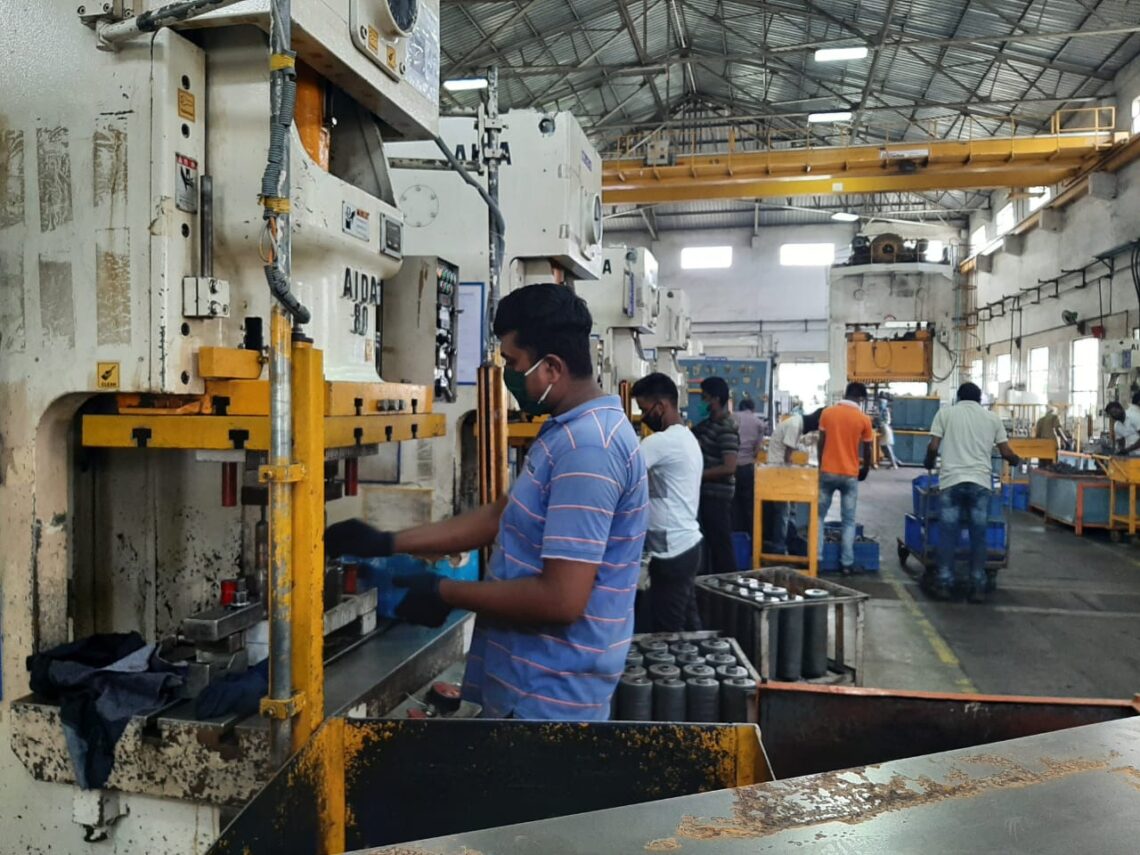Welcome back! As we wrap up the series on warehouse robotics, where we understand the term and the different types of warehouse robots in the previous two blogs, today, we shall list down the many benefits of putting robots to use in warehouses. Let’s begin. Industrial productivity has come a long way since the 18th century. Not only have industries revamped themselves in terms of the total output, but the resources expended to produce a single unit of any finished product have also dramatically come down. Novel technological innovations have helped companies achieve both of these objectives simultaneously. Robotics is one such technology. Unerring accuracy, uninterrupted efficiency, and top-notch productivity…
-
-
Industry 4.0 – An Overview
Over the last couple of centuries, manufacturing has undergone many changes courtesy of three industrial revolutions. The first industrial revolution witnessed the rise of mechanization through the use of water and steam power. The second brought about mass production and assembly lines using electricity. Finally, the third industrial revolution enabled computers to automate specific processes and increase their efficiency. However, one more industrial revolution has come to the fore in the past few decades – Industry 4.0. It aims to use ‘digital’ to a whole new level; interconnectivity between manufacturing departments and processes, access to real-time data, and the birth of cyber-physical systems are the notable promises of Industry 4.0.…
-
IoT and the Transformation of Material Handling
As we continue the series of focused blogs on next-gen technologies, we shall now look at how the Internet of Things promises to transform material handling forever. Any improvement in material handling, which plays a pivotal part in any industry’s supply chain, translates into meaningful business value. Manufacturers and warehouse owners continuously try to speed up processes, increase worker efficiency, avoid product damage, and ensure overall safety. With the embrace of IoT, industry players can hope to improve on all these aspects. Let us see how! Increased visibility For years, sensors and tags – RFID and barcode – have been used to track materials and products through the warehouse. Real-time…
-
IoT and The World of Autonomous Material Handling
In the last blog, we glimpsed into how the Internet of Things revolutionizes businesses and, ultimately, our lives. Connecting every possible physical object on the shop-floor to the internet via sensors leads to the generation of a massive amount of insightful data. Data that can be used to make processes more efficient, reduce costs and, increase output. IoT brings together data-acquiring sensors, internet, cloud computing, and analytics capabilities to deliver real-time information to business leaders to make effective smart decisions. We ask, what if the power of IoT can be used to improve the design and usage of autonomous material handling equipment like AGVs and AMRs? Read on to see…
-
Manufacturing Sector Sailing through COVID-19
We know that due to the ongoing lockdowns because of COVID-19, our Industries have suffered in various ways, especially the manufacturing industry which contributes to around 20% of our GDP. In our previous article we also discussed about the chief factors causing disruptions in the operations of these industries. But as the situation improves, many leading businesses have started taking steps forward to ensure smooth operation and survive this crisis situation. Today let us see what are the major changes that these companies are bringing around and how these are helping them out. Automation: Labor issue is an ongoing problem which our manufacturing industries have been facing since many years. Now…
-
How is COVID-19 impacting manufacturing?
The COVID-19 pandemic has hit the world in an unprecedented way. It has brought a sudden halt in our lives, like someone has hit a pause button and we are not sure when our lives will be resumed again. Due to the ongoing lockdowns, many industries across the world have also been affected in a very unexpected ways and India is no exception to it. Indian economy has also received a blow during this pandemic. The manufacturing industry which contributes to around 20% of the GDP has been primarily affected. Let us see how. Reduced Demands: Many businesses are witnessing reduction in demand since the lockdowns started, for example the…
-
RAGHAV in Small Industries
If you have read our previous articles in the tech blog series, you must know RAGHAV very well by now. For those who haven’t, RAGHAV is our first ever adaptable AGV for material movement. Till now we have seen how various manufacturing industries like Automobile, Pharmaceuticals and Food processing can benefit with RAGHAV. We agree that these are comparatively bigger industries, meaning that the production volumes and capital they can invest, both are higher and hence they prefer to use modern machinery and equipment like AGVs to transport load. What about the small-scale industries? We all know that India being a developing country, majority of our industries are smaller in…

